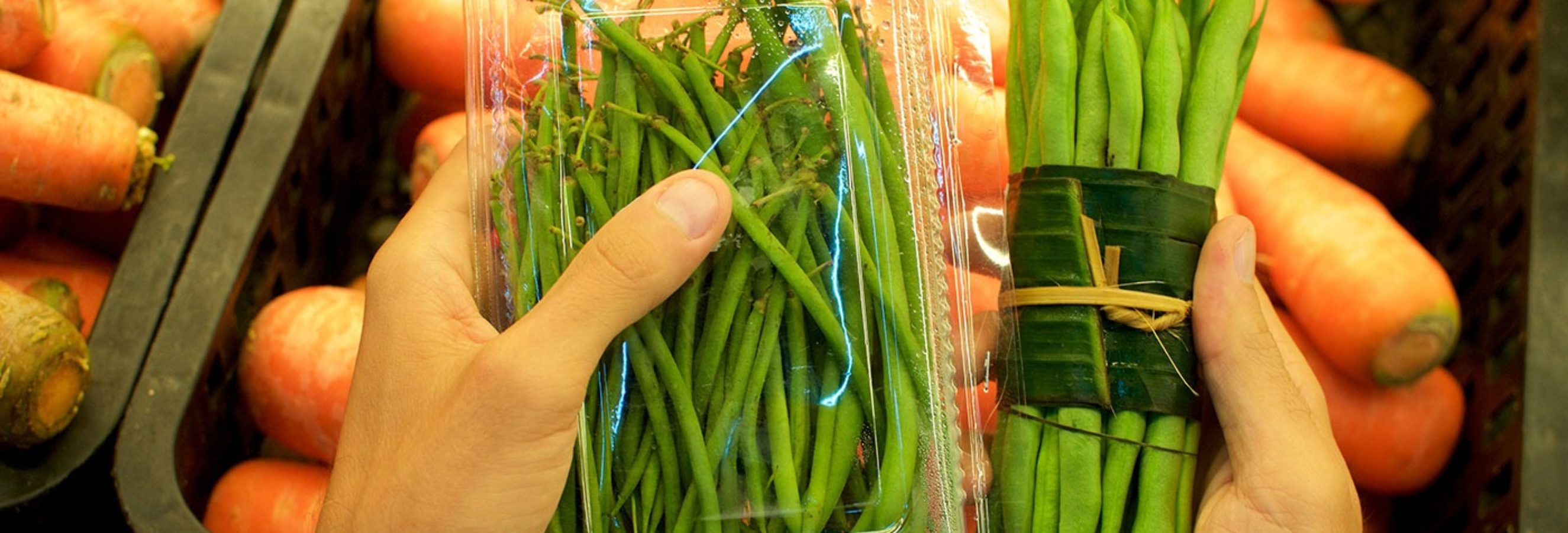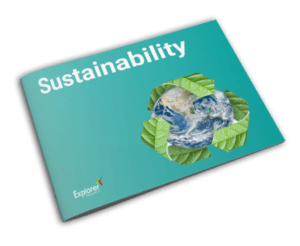One of the most important concerns to consumers right now when buying products is sustainability. Our recent sustainability research shows that packaging design, including minimal and recyclable packaging are the top influences for shoppers concerned with sustainability. To this end, brands need to continually improve their packaging to make it more sustainable throughout the supply chain. While efforts to switch to renewable energy and practicing recycling are undeniably important, now it’s time for brands to turn their attention towards sustainable package design. But what’s the best way to make your packaging sustainable and still stand out? Here are six sustainable packaging trends to watch out for in 2022.
1. The Purpose is the Package
Packaging should be designed to get the most out of the least. The image to the right is a perfect example of how less is more. This minimal package does exactly what it’s supposed to – allows for easy carrying and storage of oranges without the use of a plastic net.
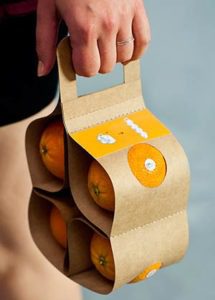
2. Compostable or Biodegradable Packaging
The idea here is to have a second use for the packaging. Compostable or biodegradable packaging is a new and growing niche trend that allows for a second life for packaging in our gardens. Seeds for wildflowers are part of the sustainable package design so it can be thrown away into a garden to grow beautiful plants. Some of the shopper insights revealed in our Sustainability Research Study showed a unique market for a variety of packaging upcycling, including glass and paper products.
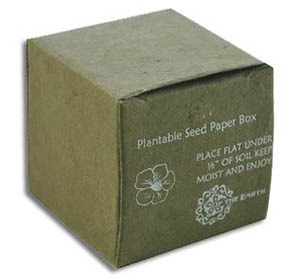
3. Using Different Inks
In order for packaging to be recyclable, it needs to satisfy three simple criteria: be separable, labeled correctly and clean. Companies have to encourage their customers to actually recycle these products as some people may not be aware. In many cases, the packaging itself can serve as the primary communication method for this. Eco-friendly, sustainable packaging designs can benefit marketing efforts. Recycling can be used as a topic of conversation to engage more people and good sustainable packaging design choices can help increase thought leadership within an industry.
BOXED’s recyclable water bottles are made of paper instead of plastic and are fully recyclable.
Rather than simply recycling, packaging can also be designed for reuse. Is it compostable? Does it have a household use? Does it last long? The answers to these questions can help extend the life of packaging before it goes in the garbage.
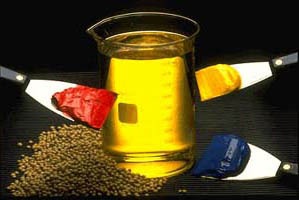
4. Make It Recyclable
In order for packaging to be recyclable, it needs to satisfy three simple criteria: be separable, labeled correctly, and clean. Companies have to encourage their customers to actually recycle these products as some people may not be aware. Eco-friendly packaging designs can benefit marketing efforts. Recycling can be used as a topic of conversation to engage more people and good sustainable packaging choices can help increase thought leadership within an industry.
BOXED’s recyclable water bottles are made of paper instead of plastic and are fully recyclable.
Rather than simply recycling, packaging can also be designed for reuse. Is it compostable? Does it have a household use? Does it last long? The answers to these questions can help extend the life of packaging before it goes in the garbage.
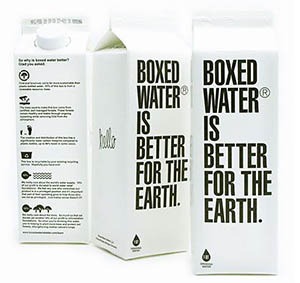
5. Brand Image Doesn’t Have to Suffer
Sustainable packaging can be both luxurious and ethical. Brands such as Gucci and Burberry have proven that creativity and design ownership aren’t forfeited when creating a sustainable product. Materials such as stone paper, bamboo paper, biodegradable seals and organic cotton woven printed labels are just some of the ways fashion brands can meet their sustainable goals. We’ll see more luxury brands follow this trend as today’s consumers want to work with brands that care about the environment as much as they do their products.
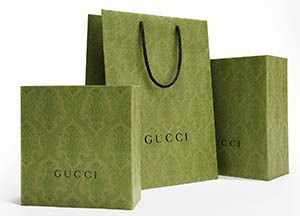
6. Replace Plastic
Depending on the type, plastic items can take up to 1,000 years to decompose in landfills. Materials that can replace plastic are in high demand. IKEA has begun testing packaging made from mushrooms and replacing styrofoam packaging with MycoComposite, a combination of agricultural waste and mushroom root. Pressed hay is being used in Poland for egg cartons. As demand for more sustainable business practices grows, companies will continue to respond and the massive increase in plastic use can reverse course.
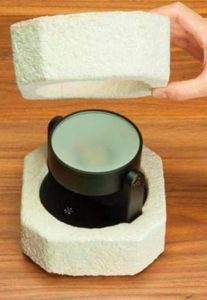
Alternative packaging design needs to be a win-win situation. Consumers get products that cause very little to no harm to the environment, while also getting value for money, while brands receive an increase in revenue and a simultaneous decrease in carbon footprints.
Sustainable packaging trends will continue to be popular given that regulators are demanding it, consumers are willing to pay more for eco-friendly products and retailers begin to expect sustainability from the brands they carry.
